Cajun vs Creole: What’s the Real Difference in Flavor and Spice?
If you’ve ever found yourself standing in front of a spice rack staring at both Cajun and Creole seasoning labels, wondering what on Earth the difference is — don’t worry, you’re not alone. These two Southern culinary traditions share roots, yet bring distinct flavors to the table. In this article, we’ll explore their origins, break down their signature spices, and even offer a practical buying guide so you can cook with confidence.
Table of Contents
- A Tale of Two Cuisines: The Origins of Cajun and Creole Cooking
- Spice It Up: Comparing Cajun and Creole Flavor Profiles
- Signature Dishes That Define Each Style
- Buying Guide: Choosing the Right Seasoning for Your Kitchen
- How to Cook Like a Pro: Tips and Tricks from the Bayou to New Orleans
- Final Thoughts: Celebrate Both Cajun and Creole in Your Kitchen
A Tale of Two Cuisines: The Origins of Cajun and Creole Cooking
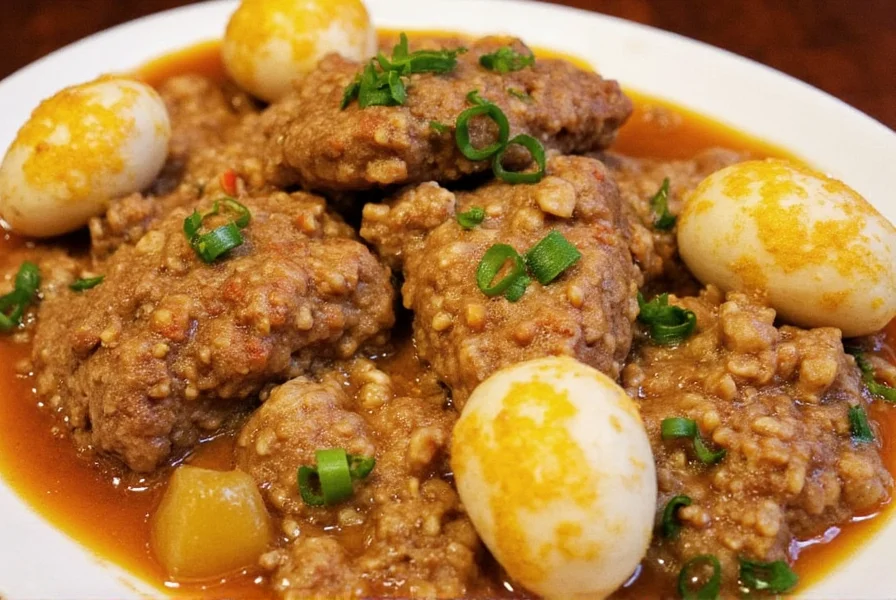
Cajun cuisine traces its roots to Louisiana’s Acadian settlers — French Canadians exiled by the British in the 18th century who eventually settled in rural areas of Louisiana. Their food was rustic, hearty, and born out of necessity. Think one-pot meals cooked outdoors over open flames, using whatever ingredients were available.
Creole cuisine, on the other hand, developed in the urban melting pot of New Orleans. Influenced by French, Spanish, African, German, and Italian cultures, Creole dishes are more refined and often include tomatoes, seafood, and complex sauces. While Cajun is country living, Creole is city sophistication.
Both cuisines share a deep love for bold flavor and rich spices, but they each evolved differently based on geography, culture, and ingredient availability.
Spice It Up: Comparing Cajun and Creole Flavor Profiles
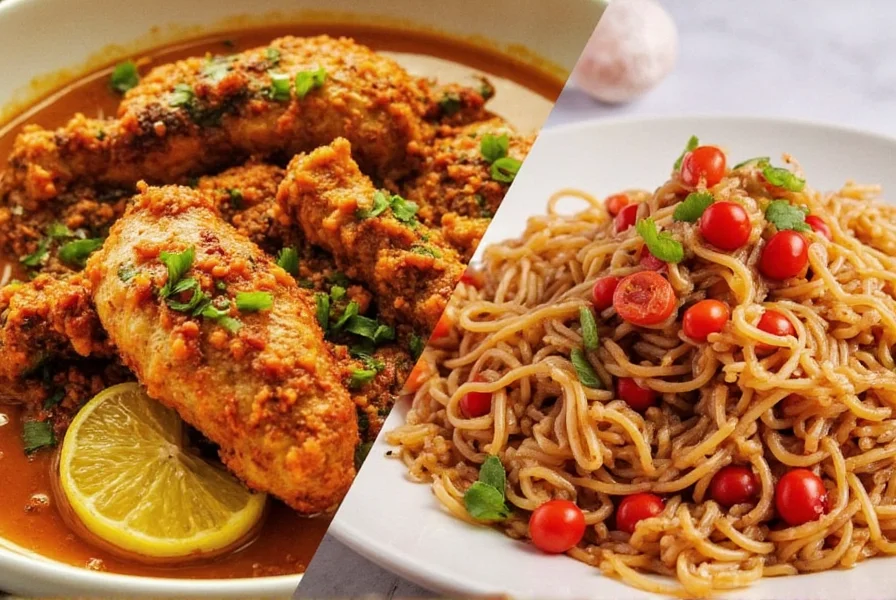
Let’s cut right to the chase: Cajun seasoning tends to be hotter and bolder, while Creole seasoning leans toward a more balanced, herbal profile. Here's a side-by-side breakdown:
| Feature | Cajun Seasoning | Creole Seasoning |
|---|---|---|
| Heat Level | High (often includes cayenne) | Moderate (more herbs than heat) |
| Key Ingredients | Paprika, garlic powder, onion powder, black pepper, cayenne | Thyme, oregano, basil, paprika, celery salt, bell peppers |
| Flavor Notes | Earthy, spicy, smoky | Fragrant, savory, slightly sweet |
| Best For | Meats, stews, crawfish boils | Sauces, gumbos, rice dishes |
The Role of the Holy Trinity
One thing both styles share is the “Holy Trinity” — onions, bell peppers, and celery. This base gives depth to nearly every dish in either tradition. Cajun dishes may lean more heavily into garlic and smoked meats, whereas Creole dishes often incorporate tomatoes and fresh herbs.
Signature Dishes That Define Each Style
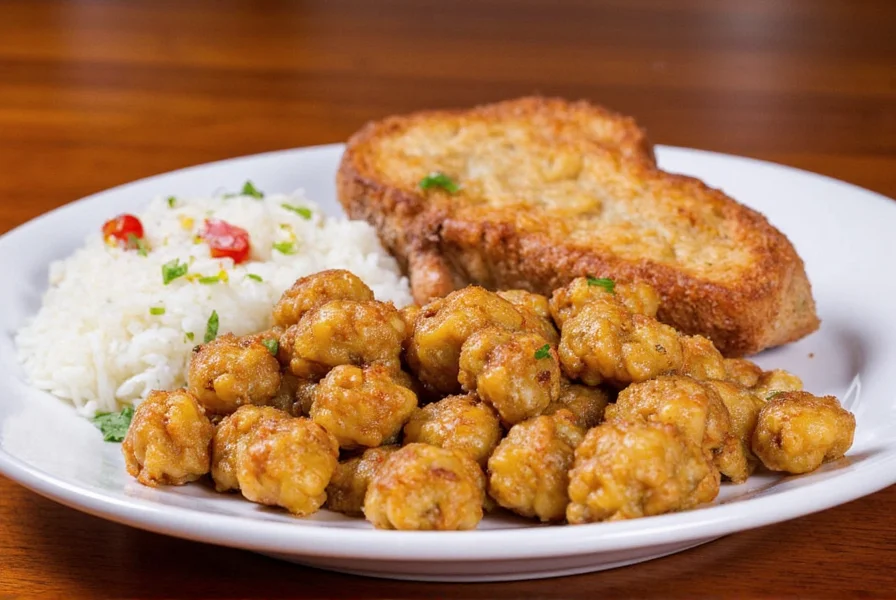
To truly understand the differences between Cajun and Creole cooking, it helps to look at their most iconic dishes:
- Cajun Jambalaya: Often referred to as “brown jambalaya,” this dish doesn't use tomatoes. Instead, it features smoked sausage, chicken, and rice cooked together in a single pot, flavored heavily with Cajun seasoning.
- Creole Jambalaya: Known as “red jambalaya,” it uses tomatoes as a base and incorporates Creole seasoning, giving it a more vibrant, sauce-forward taste.
- Gumbo: You can find both Cajun and Creole versions, but the main distinction lies in the roux and broth. Cajun gumbo typically uses a dark roux and chicken or seafood stock, while Creole gumbo might add tomatoes and a lighter roux.
- Étouffée: Usually a Cajun dish made with crawfish or shrimp in a thick, spicy sauce served over rice.
- Jerked Chicken or Andouille Sausage: Classic Cajun proteins, often grilled or smoked and heavily seasoned.
- Po' Boys and Muffulettas: More Creole in origin, these sandwiches reflect the city’s multicultural influences with crusty bread, pickled vegetables, and flavorful meats.
Buying Guide: Choosing the Right Seasoning for Your Kitchen
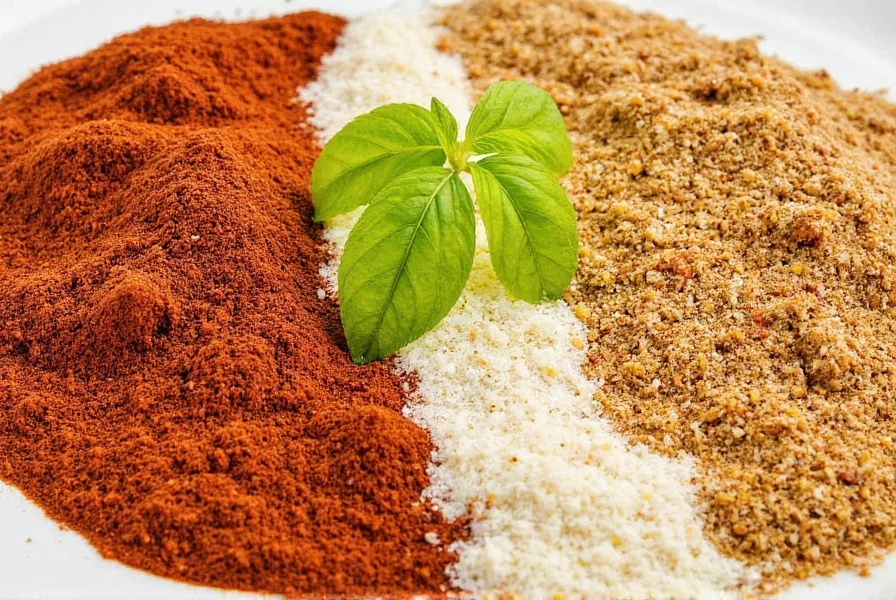
Shopping for Cajun and Creole seasonings can feel overwhelming, especially with dozens of brands offering blends labeled ambiguously. Let’s help you make an informed choice!
What to Look for in Cajun Seasoning
- Heat: Should list cayenne pepper or chili powder near the top.
- Smokiness: May contain smoked paprika or chipotle for that campfire vibe.
- Herbs: Typically fewer than Creole — focus is on boldness over finesse.
What to Look for in Creole Seasoning
- Herbal notes: Expect thyme, oregano, basil, and sometimes marjoram.
- Vegetable powders: Celery salt or dried bell peppers are common.
- Tomato-friendly: Ideal for sauces and red-based dishes.
Top Brands Comparison
| Brand | Type | Heat Level | Notes | Best Use |
|---|---|---|---|---|
| Old Bay | Creole | Low-Moderate | Mildly spiced, classic blend | Fish, seafood, po’ boys |
| Tony Chachere’s | Cajun | High | Popular in Louisiana kitchens | Stews, sausages, crawfish |
| Slap Ya Mama | Cajun | Very High | Super spicy — not for beginners | Boils, backyard grilling |
| Zatarain’s | Cajun/Creole | Moderate | Pre-blended mixes ideal for quick meals | Rice dishes, one-pot meals |
| Bush Brothers | Creole | Moderate | Well-balanced, family-friendly | Veggie sides, pasta, casseroles |
How to Cook Like a Pro: Tips and Tricks from the Bayou to New Orleans

Ready to take your Cajun or Creole cooking game up a notch? Try these insider tips:
- Start with the Holy Trinity: Sauté onions, bell peppers, and celery in butter or oil until fragrant. This builds the flavor foundation of almost any Southern dish.
- Make your own seasoning: Customize heat levels and balance by blending your own spices. A basic Cajun mix might include paprika, garlic powder, onion powder, cayenne, black pepper, and salt. For Creole, add dried herbs like thyme and oregano.
- Don’t rush the roux: Whether making gumbo or étouffée, a slow-cooked roux brings richness and depth. Whisk constantly to avoid burning.
- Use quality proteins: Cajun dishes shine with smoked sausage, shrimp, crawfish, or andouille. Creole dishes often benefit from fresh seafood and high-quality cuts of meat.
- Simmer slowly: Many traditional recipes rely on low-and-slow cooking to develop flavor. Set a timer and walk away — trust us, it’s worth the wait.
- Balance is key: Too much heat or too many herbs can overwhelm a dish. Taste as you go and adjust accordingly.
- Pair with rice: Rice is the perfect canvas to soak up all those delicious juices and sauces.
- Experiment boldly: These cuisines are about soul and creativity. Don’t be afraid to swap ingredients or play with heat levels.
Final Thoughts: Celebrate Both Cajun and Creole in Your Kitchen
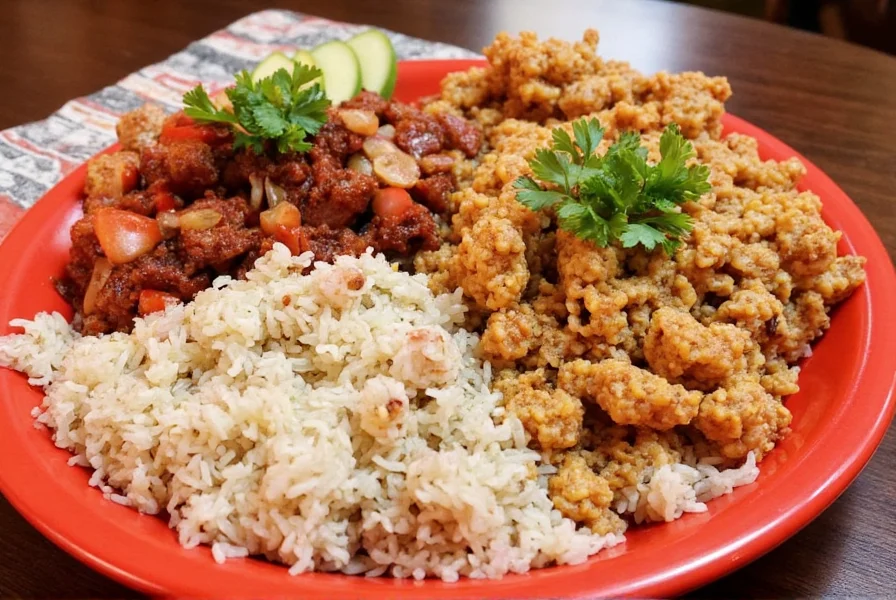
Whether you're drawn to the fiery kick of Cajun cooking or the aromatic elegance of Creole dishes, both traditions offer incredible opportunities to elevate your meals with bold, flavorful spice blends. They’re not rivals — they’re siblings. Understanding their differences and appreciating their shared roots can help you bring authentic Southern flair to your home kitchen.
So next time you reach for that bottle of seasoning, think about what kind of dish you’re aiming for. Is it a weekend boil with friends, or a romantic dinner for two? Choose wisely, season generously, and enjoy the ride.

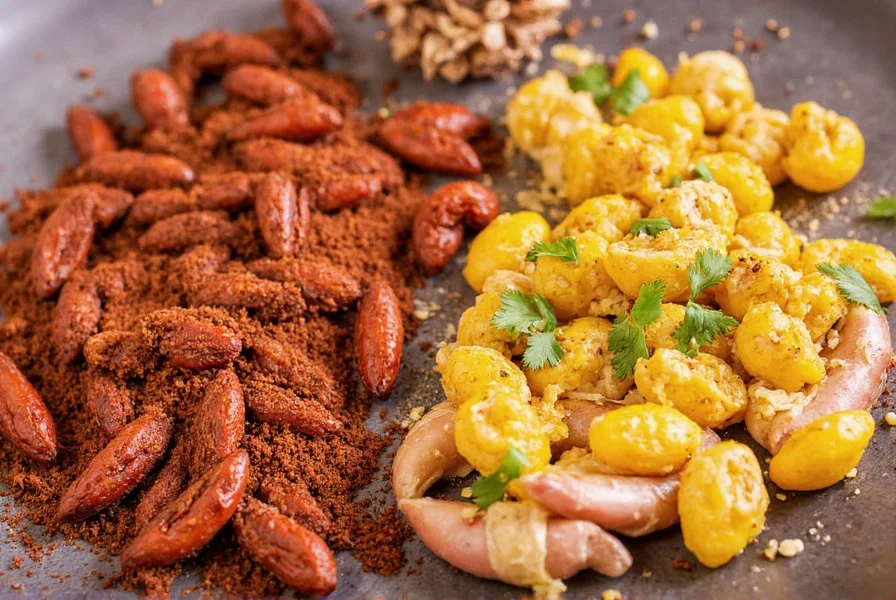









 浙公网安备
33010002000092号
浙公网安备
33010002000092号 浙B2-20120091-4
浙B2-20120091-4